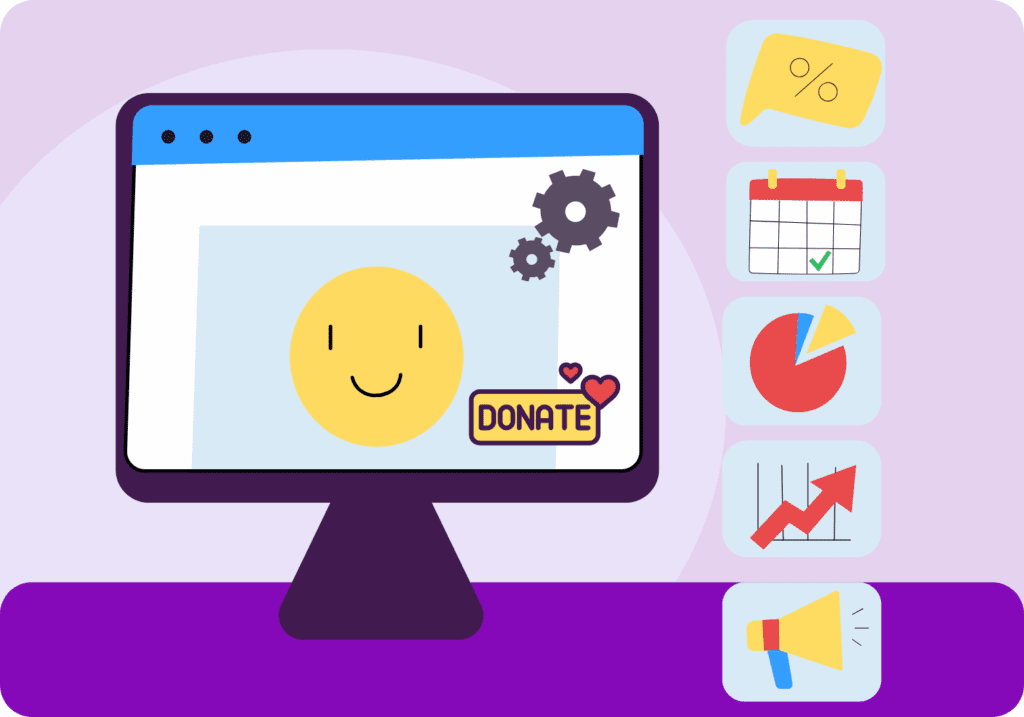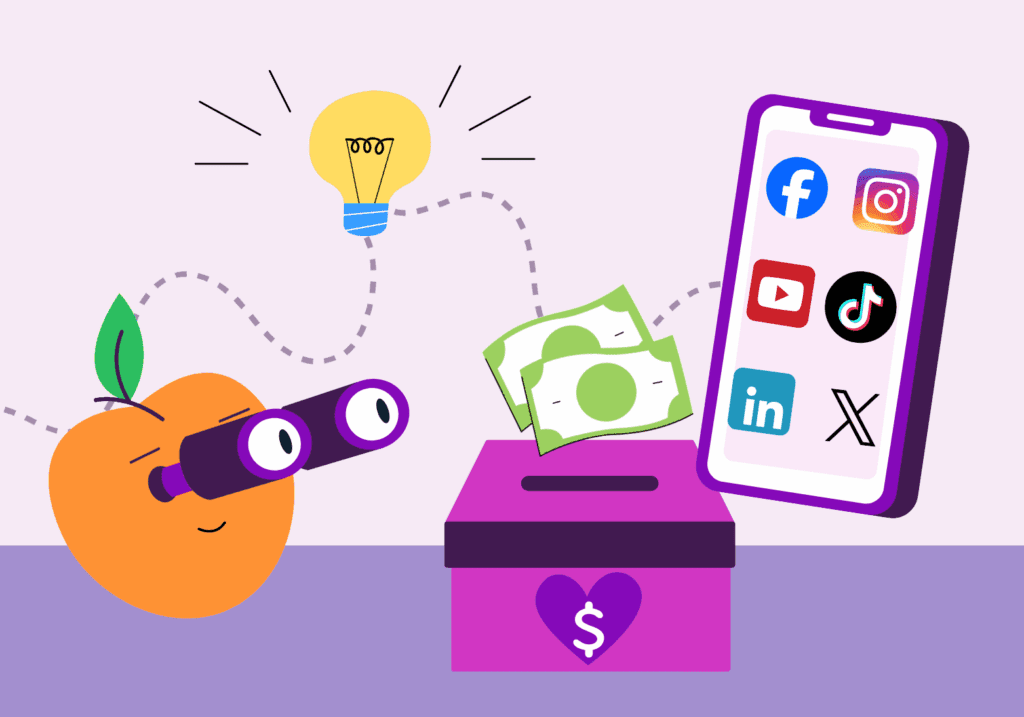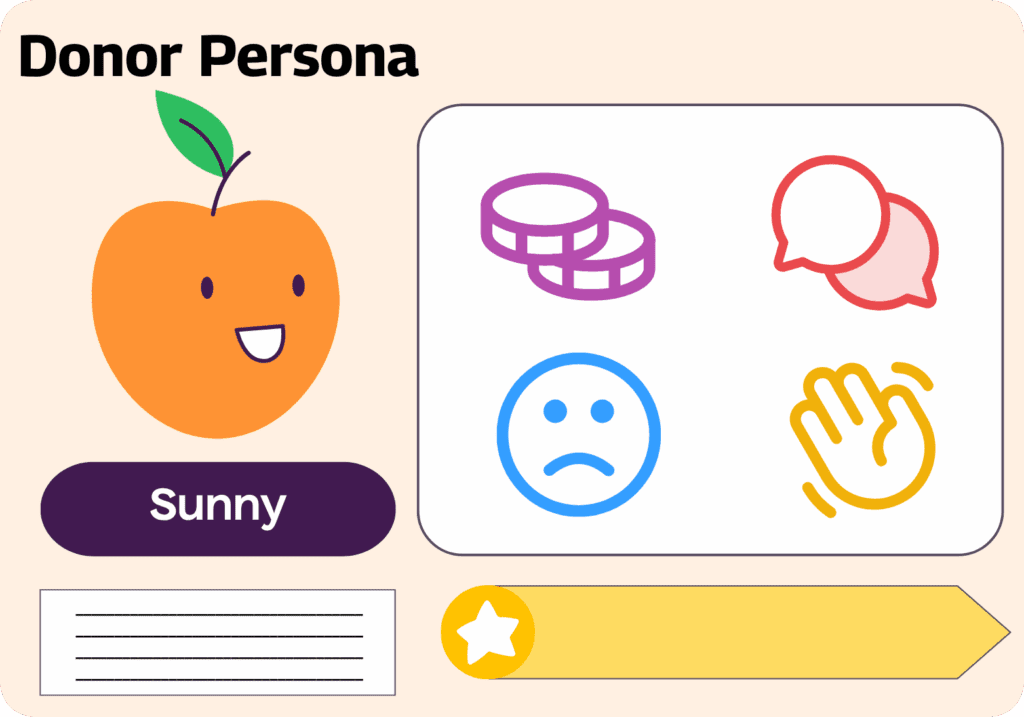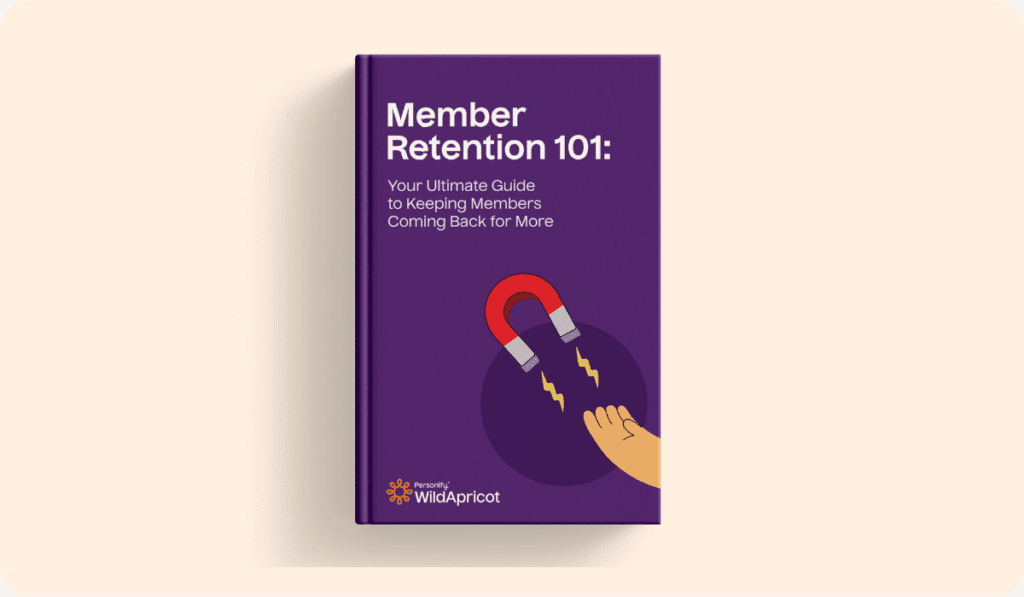When people think of nonprofits, fundraisers are often one of the first things that come to mind. And if you work in the nonprofit industry, you’ve probably spent quite a bit of time pondering how to fundraise successfully!
Is it better to hold your fundraisers online or in person? Do you actually need fundraising software? And what sort of fundraising events will actually bring in revenue for your organization?
Have no fear—we’re here to answer all your questions and more! Read on to learn about how to fundraise with confidence.
Why Fundraising Matters
It’s no secret that fundraising can feel like a large undertaking, but it’s essential to the success of any membership organization! It might surprise you to know that nonprofit fundraising actually only makes up about 10% of a nonprofit’s revenue—but fundraising is about more than the money.
Whether you’re a local hobby club, an association or a nonprofit, fundraising can help you:
- Bring in the revenue you need to thrive
- Build awareness about your cause
- Activate your network and community
- Boost the visibility of your organization
- Develop new partnerships
- Attract new members
There are countless fundraising ideas for you to tap into for your organization—finding the best fundraising events is largely a matter of your organization’s needs.
As of 2023, 71.5% of nonprofits are increasing their fundraising goals and increasing the number of events they’re planning to host. Why not get on that trend and see what you can do?
Tips For Asking For Money
If you’re new to fundraising, asking donors for money can feel a little bit awkward. You know your organization has a worthy cause, but might find yourself asking how can I fundraise without asking for money?
The truth is, the ask is important! But there are plenty of ways to appropriately ask for donations—and receive them!
The first step in learning how to ask for donations is knowing who you can ask:
- Individuals tend to give smaller donations, and are best reached through social media, email campaigns and product fundraising. They’re motivated by really wanting to make a difference, so highlight the heck out of your cause!
- Businesses don’t just offer financial donations—they also offer in-kind donations, and donation matching programs! They’re used to being approached by organizations for partnerships, so put your attention into how your goals and values are aligned.
- Foundations are designed to fundraise for nonprofits, and are where you’ll find grant opportunities galore.
No matter who you’re asking, there is some key information you want to include:
- Your story—share your mission, vision and values!
- Your past impact and future goals
- Your community and beneficiaries
- The donations you’ve received in the past
- Common values between you and the prospective donors
Asking random people for money isn’t likely to get you much—but nonprofit fundraising is all about making connections. Invite donors to be a part of your story!
Virtual vs. In-person Fundraisers
Fundraisers can be done in-person or virtually. The best option for your organization depends on your goals, as well as what your prospective donors are most comfortable with!
Here are the advantages of both:
In-person:
- Face-to-face communication builds and strengthens relationships
- Attending fundraising events can be a fun social activity
- Donors who attend in-person events are much more likely to keep engaging with your organization and possibly donate again
Online:
- Much more convenient because it can be done anywhere, anytime (57% of traffic to nonprofit websites is mobile!)
- It’s passive, meaning once you automate your systems, there’s nothing else you need to do to accept and process donations
- There’s no limit to how many new donations you can get—people from all over the world could donate if they wanted to
Ideally, you should incorporate a combination of both in-person and online activities. This way, some people can come out and have a fun experience at your event, while those who choose to stay home can still support you by making a donation online.
What Fundraising Software Do I Need?
Investing in fundraising software will not only save you time and money, but it will also help create a seamless, pleasant experience for your donors.
There are many different types of software—what’s right for you will depend on your organization’s needs, as well as your budget.
Here are just a few common tools used by nonprofits:
- Donor Management Tools for keeping track of donations and managing relationships with current and prospective donors.
- Online Fundraising Tools for securely processing online donations and linking them to your donor management software.
- Event Management Tools for planning and executing fundraising events, managing registrations and processing payments.
- Communication Tools for sending out emails and newsletters to members and donors.
- Website Tools for building and updating a website, as well as tracking its performance.
- Social Media Tools for automating and analyzing your social media presence.
- Specialty Fundraising Platforms for executing crowdfunding, peer-to-peer or text-to-give campaigns.
If this sounds like a lot of different tools to pay for and learn, you can also look into all-in-one software. It has most (if not all!) of the above functionalities, seamlessly integrates all of your administrative and fundraising activities and ends up being much more cost-effective in the long run.
Here at WildApricot, we’re proud to be one of the most popular choices for all-in-one software among small and medium sized nonprofits.
Start your Wild Apricot free 60-day trial today!
Read More: The 21 Best Fundraising Software Options to Power Your Nonprofit
How to Fundraise: 13 Steps to Launching a Fundraiser
Now, the big question: how do you actually start a fundraiser?
Here are 13 quick steps for launching a fundraiser that’ll bring in those donations!
1. Build your team
Like with any other project, your fundraiser will run much more smoothly (and successfully!) if you gather a team and put your efforts together. Your team can be made up of fellow staff members, board members or even volunteers.
If you’re looking into how to fundraise for a club, you can even ask members to participate! For example, a tennis club could hold a charity tournament, or an art club could host an artist showcase.
Once your team is confirmed, host a kick-off meeting and start brainstorming ideas, establishing goals and assigning roles.
2. Define your goal
Setting a fundraiser goal? Keep it SMART.
SMART goals are Specific, Measurable, Achievable, Relevant and Time-Bound. They give your goal-setting extra structure and make it easier to achieve what you set out to do!
For example, instead of aiming to “raise some money”, set a goal to “raise $10,000 by June 30” and outline exactly how you’re planning to achieve this goal.
You can also set goals related to other metrics, such as “gain 100 new new donors”, “have 100 people in attendance”, or “reach 10,000 impressions on social media”.
3. Create your prospect list
Remember how we talked about the importance of making connections? Identifying prospective donors gives you a place to target your fundraising efforts where you’re more likely to see results!
Gather a list of people and organizations that share some of your values, including:
- Major gift donors
- Sponsors
- Partners
- Foundations and granting bodies
- Community organizations
- Local businesses
With these names in mind, you can approach prospects with pitches that are targeted to them personally. Consider what avenues tie back to your organization—if you’re fundraising for an alumni association, you’ll want to contact alumni, publicly successful graduates and parents!
4. Plan your fundraising campaign
When it comes to learning how to fundraise, the real trick is simply being prepared.
Gather your team and brainstorm:
- Your tactics for fundraising
- Your primary messaging
- How you plan to use the money (prospective donors will want to hear this!)
Don’t forget to leverage your team members’ skills and experience, as well as take advantage of multiple fundraising channels.
5. Set a Timeline
Whether your fundraiser is a one-time event or a month-long campaign, your strategy will look the same! Start with the launch date and work backwards to create a timeline and a master to-do list of everything that needs to happen before the launch.
If you take all this information and put together a fundraising calendar, it’ll be easy to execute your nonprofit fundraising plan!
6. Choose your fundraising platform
One key difference in the ways to fundraise money comes down to the platform you use. Each platform serves a slightly different purpose, and has its pros and cons.
For example:
- Kickstarter tends to be used for fundraising an individual project.
- Text-to-give platforms work when you’re aiming to receive lots of small donations.
- Handbid is software specifically designed for auctions.
- A donate button on your organization’s membership website puts all of your fundraiser information in one simple place.
As you pick out your fundraising platform, really think about your fundraising KPIs!
7. Build your fundraising website or webpage
Whether you’re building a simple donate page or an entire donation website, donors need to have a place to learn more about your fundraiser. Knowing how to fundraise often comes down to how clearly you share information—and building an online hub makes it simple.
Your page should include:
- Information about your organization
- A link to membership registration
- A list of fundraising events
- A secure payment processor for donations
- A progress bar and countdown to drive urgency
Curious about how to make your own website without much hassle? WildApricot’s member management software comes with a website builder!
Check it out now in our 60-day free trial.
8. Tell your story
The best nonprofit fundraising comes down to one thing: your story.
Your organization was founded on a mission, vision and key set of values. Whether you’re long-established or are just getting started, you have a story to tell—and donors want to be a part of it.
One of the best ways to fundraise money is by making your donors into heroes. Tell them who you are and how their support will help carry you to the next step in your journey! Then, incorporate this messaging all through your fundraiser campaign.
9. Share and market your fundraiser
It’s essential to make sure your fundraiser reaches as far as possible!
Get a marketing plan together and then spread the word through the power of:
- Social media
- Email marketing campaigns
- Influencer partnerships
- Radio and TV spots
- Newspaper articles
- Partner advertising
- Phone banking
As you market, revisit the idea of individual donors. Who is your target donor? Where do they spend the most time? For example, influencer marketing is more likely to reach a younger crowd, whereas boomers will be more likely to respond to phone banking.
10. Track your progress
If you’re running a multi-day campaign, regularly check on your progress.
This includes looking into:
- The total amount raised
- How many individual donations you’ve brought in
- The average donation amount
- Donation trends by hour and day
- Click through rates for your donation page
- Social media analytics
If it’s looking like you might not reach your goal, it’s perfectly fine to make adjustments half-way through the campaign. Use your fundraiser data to your advantage!
11. Measure your success
Once the event or campaign is over, look back at your goals and see whether or not you were able to meet them. Host a post-mortem meeting and discuss what went well, what could have gone better, and what you would do differently next time. All data is good data!
12. Update your audience regularly
Nonprofit fundraising is a team effort, and every last donor and supporter is cheering from the sidelines! Update them on the progress of your fundraiser, celebrate successes and foster an environment of enthusiasm and urgency.
Even if you’re feeling nervous, don’t result to guilt or fear tactics. For example, “if we don’t make this, our organization will fail” isn’t as motivating as “we have three more days to hit our goal—with your help, we know we can do it!”
And once you have hit your goal, tell everyone far and wide! Celebration is another way to get awesome visibility after the fundraising events are over.
13. Show appreciation
When it comes to nonprofit fundraising, there’s a lot to be grateful for. Your staff, volunteers, donors, sponsors and partners put time, energy and money into your cause—make sure to give them a resounding thank you. This could include personal calls, emails or social media shoutouts. Whatever you choose, be authentic!
How to Fundraise From the Heart
Just because fundraising events are about asking for money doesn’t mean they have to be mercenary. Nonprofit fundraising is ultimately about supporting a cause that’s close to your and your donors’ hearts—and your fundraising plan makes that care actionable!
Curious about how to connect with new members after the fundraising event is over? Sign up for a 60-day free trial with WildApricot today to check out our award-winning software for yourself!










